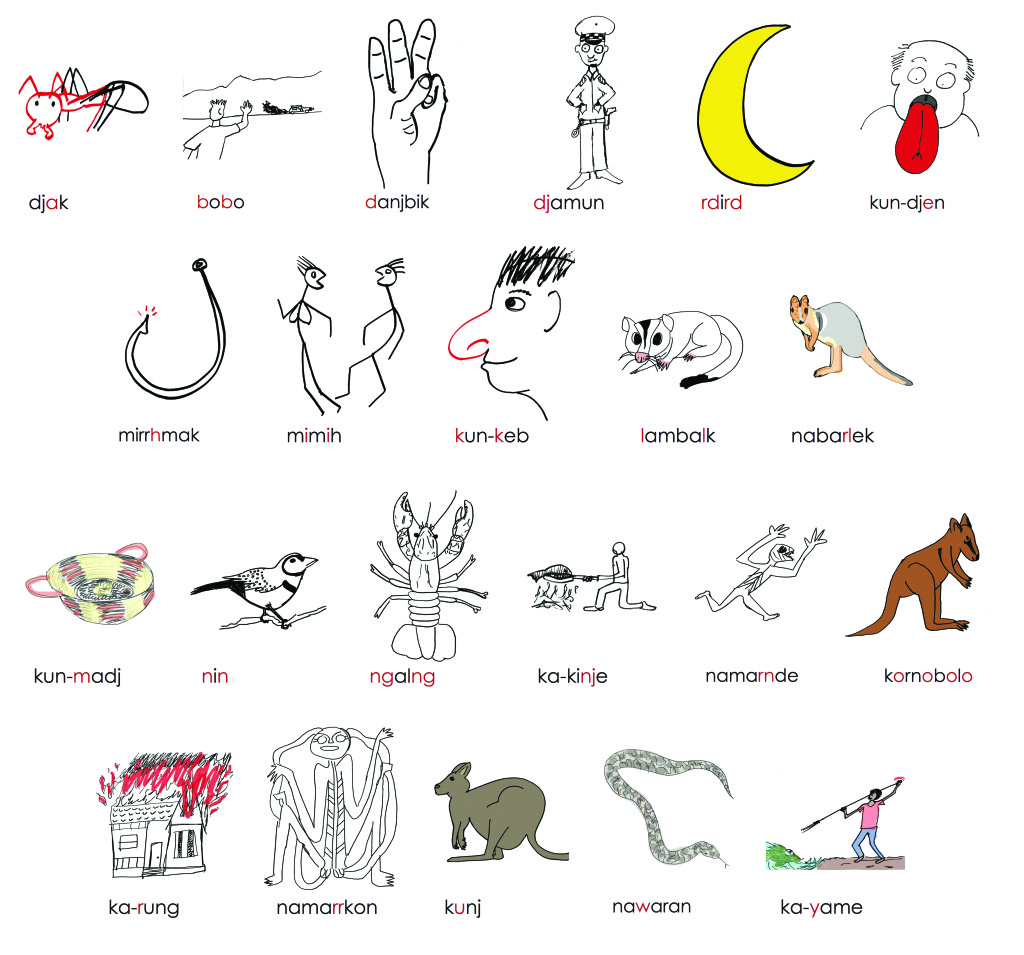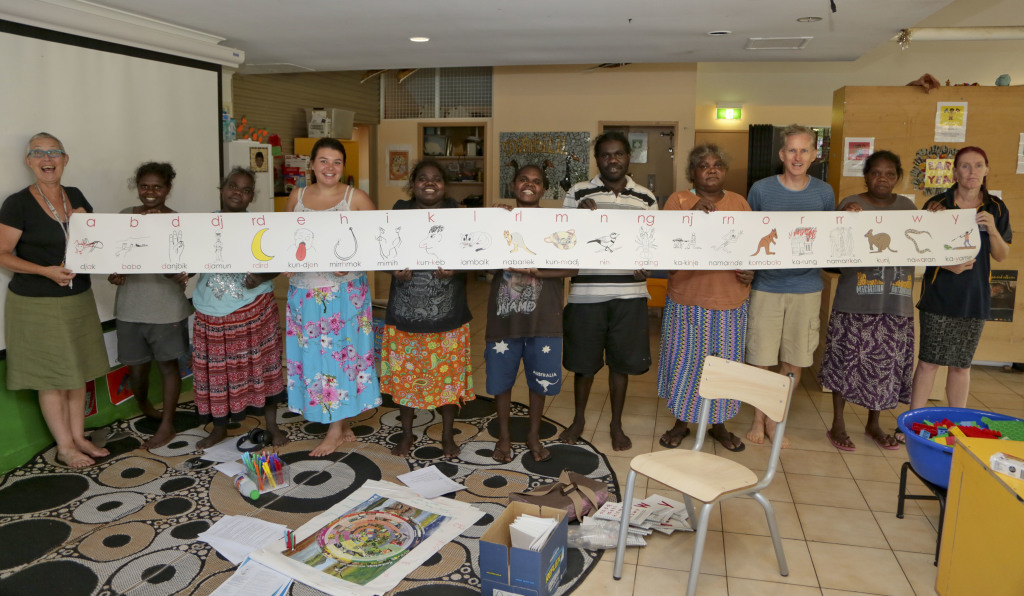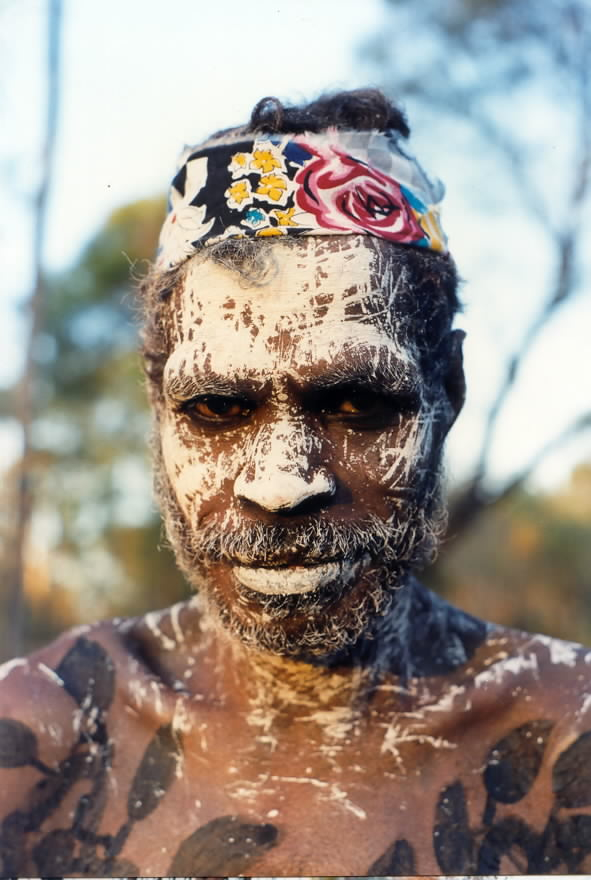Here's a video about women weavers from Injalak and Njanjma Rangers teaching tourists how to do fibrecraft, at Border Store in Kakadu National Park.
Daluhdaluk nawu Injalak beh dja mak nawu Njanjma Ranger kabirridurrkmirri, wanjh kabirrire kore Border Store kore Kakadu, bu kabindibukkan nawu birrikukbele tourist, bu kabirringobarnmang kunngobarn dja mak kabirrimarnbun kunmadj.
Video by Andy Peart. Transcription and translation by Jill Nganjmirra, Andy Peart and Murray Garde, Bininj Kunwok Language Project.
Bonj
That is all.



